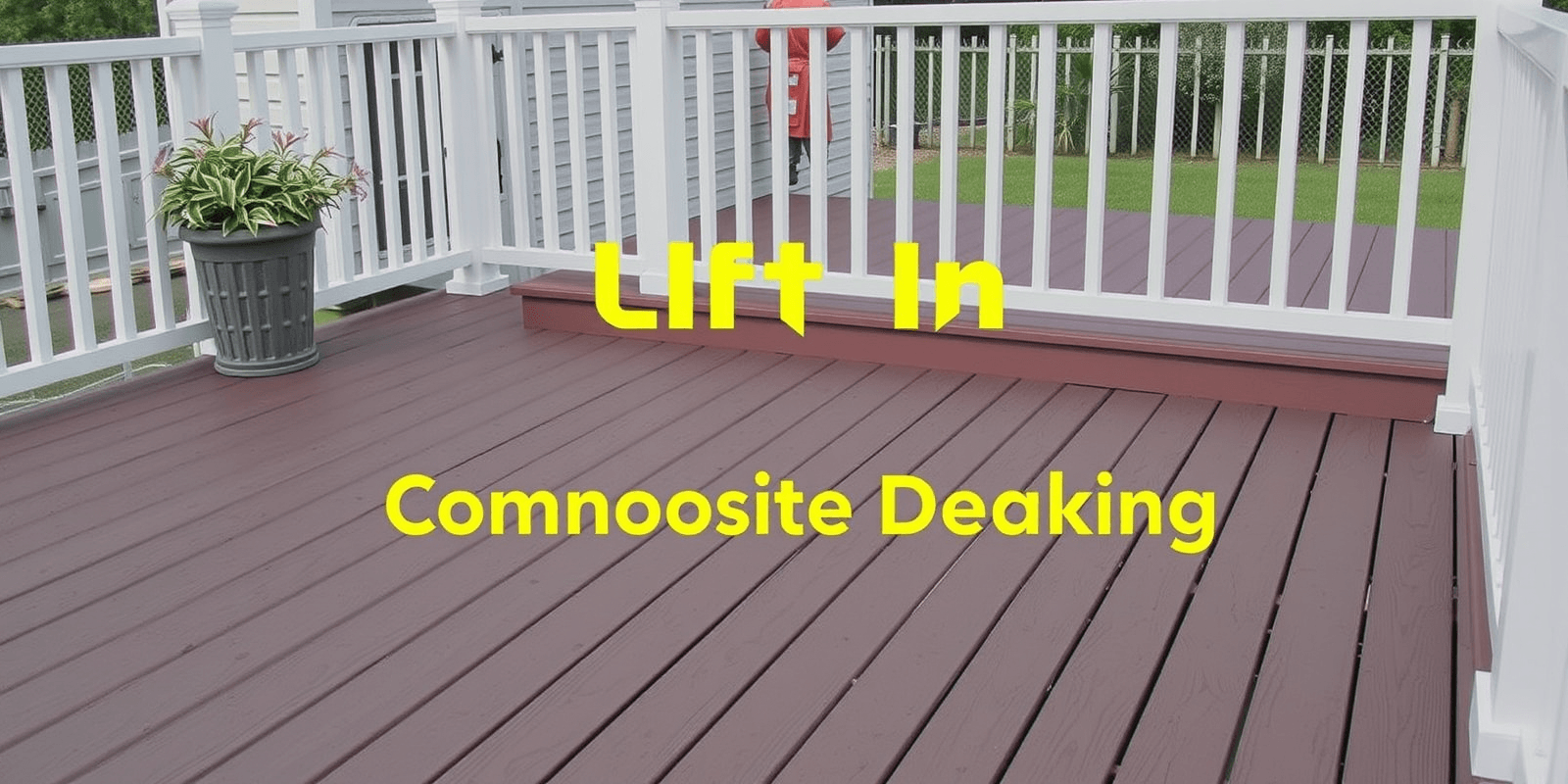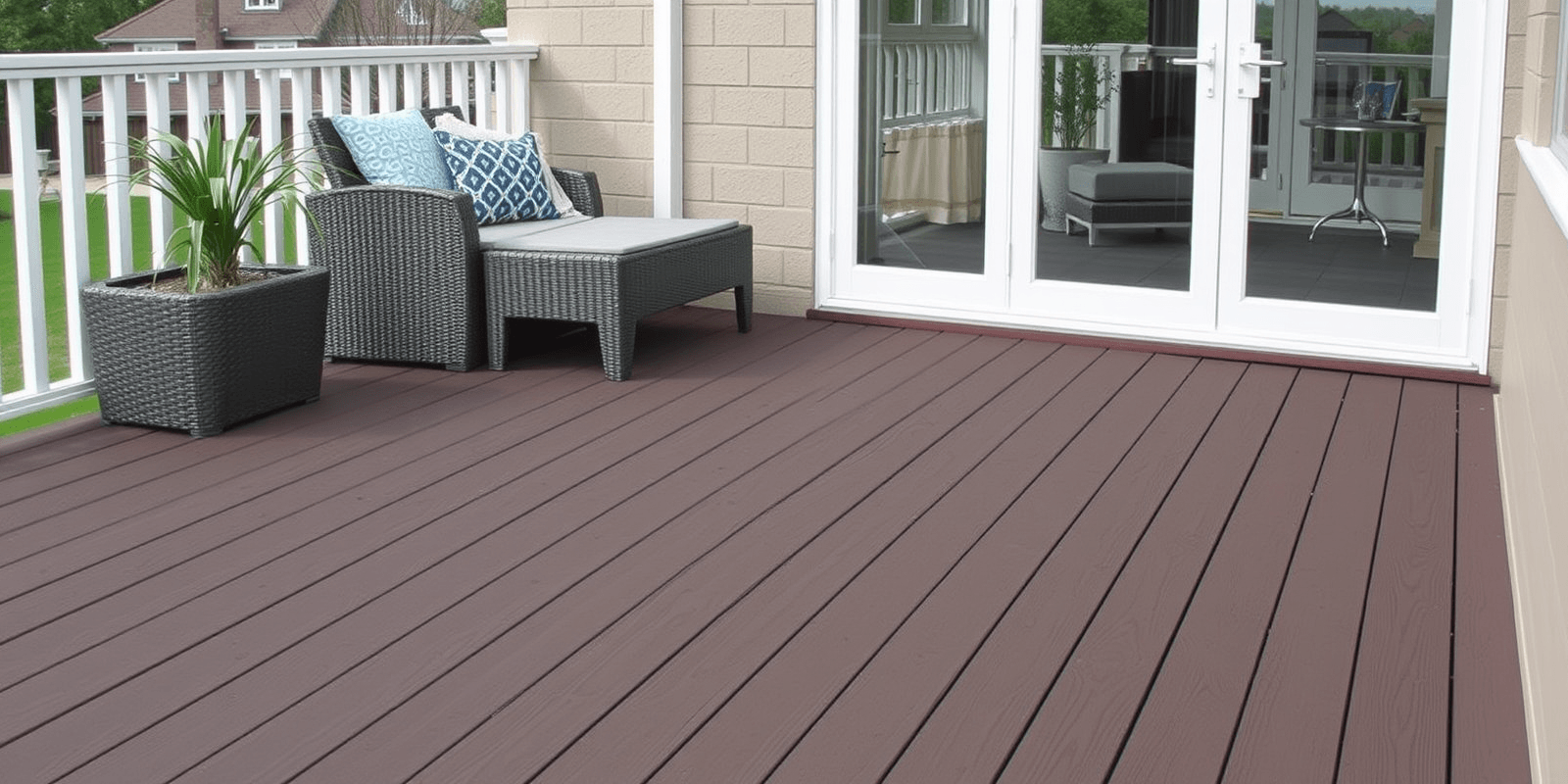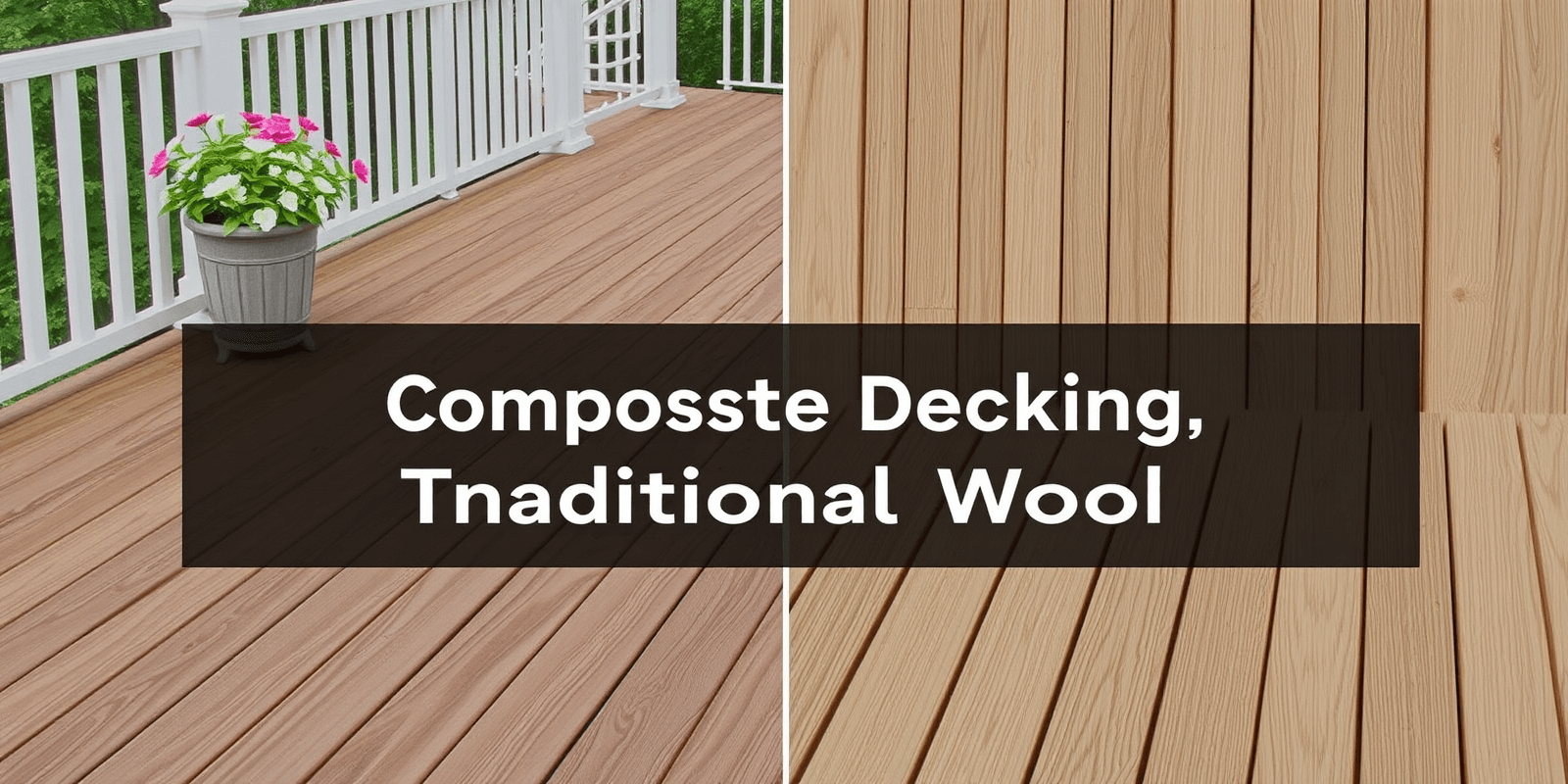“`html
Lift in Composite Decking: Causes and Solutions
Introduction
Composite decking has become a popular choice for homeowners due to its durability, low maintenance, and aesthetic appeal. However, one common issue that can arise is “lift,” which refers to the separation or warping of the deck boards from the surface. Understanding the causes and solutions for lift in composite decking is crucial for maintaining the integrity and longevity of your outdoor space.
What Causes Lift in Composite Decking?
Lift in composite decking can be attributed to several factors, including environmental conditions and material properties. By addressing these issues, homeowners can take proactive steps to prevent or mitigate lift.
Environmental Conditions
Environmental factors play a significant role in the occurrence of lift in composite decking. Exposure to extreme temperatures, moisture, and sunlight can cause the materials to expand and contract, leading to warping and separation.
- Temperature Fluctuations: Composite materials are sensitive to temperature changes. Extreme heat can cause the decking to expand, while cold temperatures can lead to contraction. This constant expansion and contraction can result in stress on the deck boards, causing them to lift over time.
- Moisture: Excessive moisture can also contribute to lift. When composite decking absorbs water, it can swell and expand, particularly if not properly sealed. Over time, this swelling can cause the boards to separate from the underlying structure.
- Sunlight: Prolonged exposure to sunlight can degrade the composite material, causing it to become brittle and more susceptible to warping and lifting. UV rays break down the chemical bonds in the composite, weakening the overall structure.
Material Properties
The inherent properties of composite decking materials can also influence the likelihood of lift. Variations in composition, manufacturing processes, and quality control can all impact the performance of composite decking.
- Composition: The blend of wood fibers and plastic resins in composite decking can vary widely between manufacturers. Some blends may be more prone to expansion and contraction, leading to increased instances of lift.
- Manufacturing Processes: Differences in manufacturing processes can affect the uniformity and consistency of composite decking boards. Inconsistent density or thickness can create weak points that are more susceptible to lift.
- Quality Control: Quality control measures during production can significantly impact the durability of composite decking. Boards that do not meet stringent standards may be more prone to lift due to defects or inconsistencies.
Solutions for Lift in Composite Decking
To address lift in composite decking, homeowners can implement a combination of preventative measures and corrective actions. Here are some effective solutions:
- Proper Installation: Ensuring that composite decking is installed correctly is the first line of defense against lift. Proper spacing between boards, secure fastening, and attention to detail during installation can help prevent warping and separation.
- Sealing and Maintenance: Regular sealing and maintenance can protect composite decking from environmental damage. Applying a sealant can help repel moisture and reduce the effects of temperature fluctuations and UV exposure.
- Regular Inspection: Periodic inspections can help identify early signs of lift. Addressing minor issues promptly can prevent them from becoming major problems. Checking for loose boards, cracks, or other signs of wear can help maintain the integrity of the deck.
- Professional Assistance: If lift becomes a persistent issue, consulting with a professional can provide valuable insights and solutions. Professionals can assess the root cause of lift and recommend appropriate repairs or replacement options.
Conclusion
Lift in composite decking can be a frustrating issue for homeowners, but understanding the causes and implementing effective solutions can help mitigate the problem. By addressing environmental factors and ensuring high-quality materials and proper installation, you can enjoy a durable and beautiful composite deck for years to come.
“`



